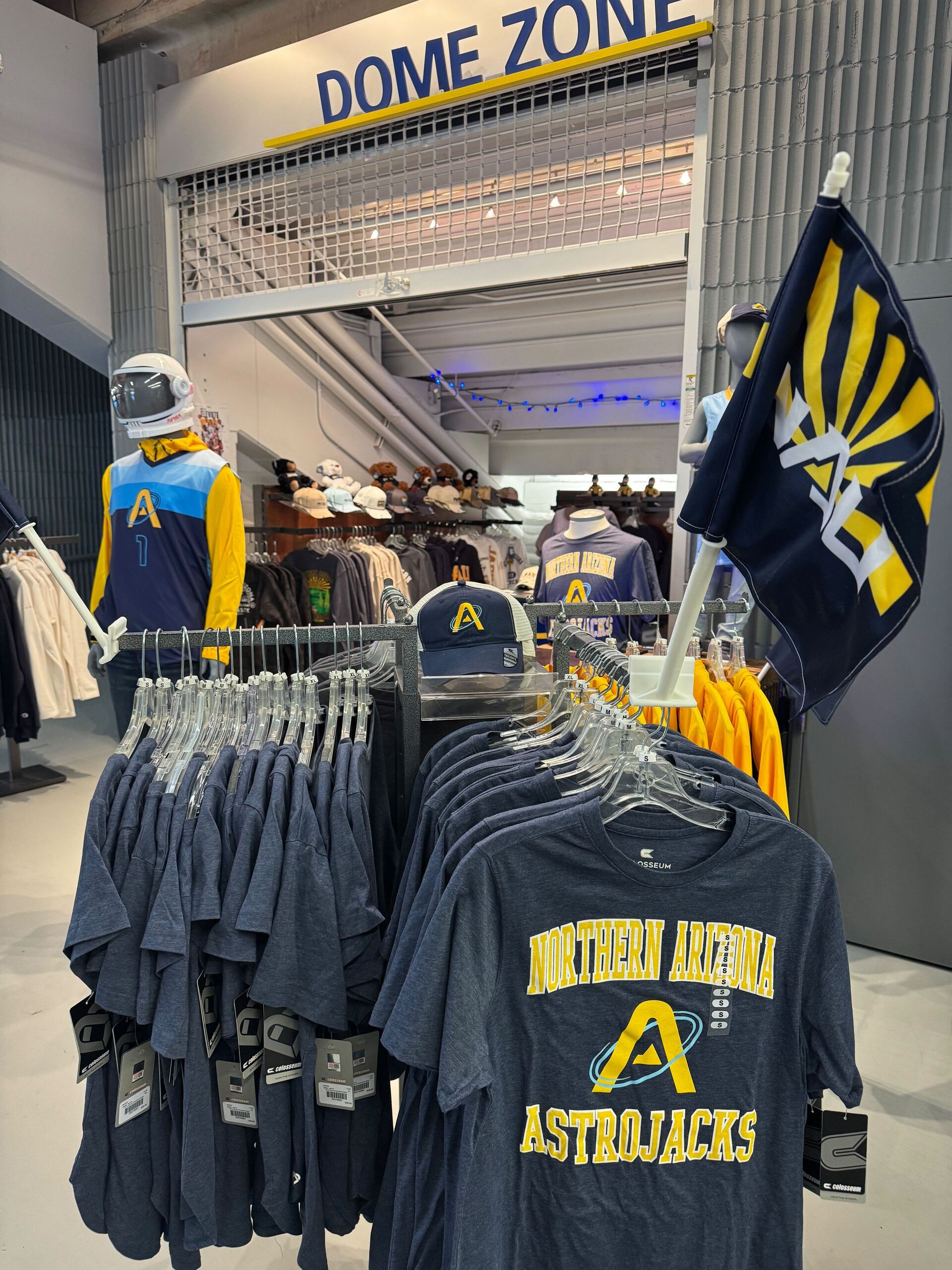Good morning, and thanks for spending part of your day with Extra Points.
Hey, did you know the Extra Points Bowl is November 22, which is practically tomorrow?
You can grab tickets right here. General admission tickets are just $15, and club seats (which are worth it, especially if it gets cold) are $40. We’ll see you there!
Also, I’d like to share a quick message from Hoops HQ:
From Hall of Fame sportswriter and March Madness studio host Seth Davis, HOOPS HQ is the insider's guide to college basketball. With pro sportsbetters, DI coaches, NBA Scouts and an All-Star team of journalists on board, Hoops HQ covers the men’s and women’s games like no one else. Exclusive access, winning betting tips, interviews with top players and coaches, rumors, recaps and previews, plus NIL and legal coverage and the most extensive recruiting and transfer portal reporting in the industry. Take advantage of Hoops HQ’s biggest sale ever: just $1/month for a full year.
Most of the time, when I write an Extra Points newsletter, it’s because I have a complete thought I want to share, after having done the interviews, the data collection and the thinking. The homework has been completed, and here’s my assignment. But other times, I use this newsletter as a chance to ask questions and have more of a conversation with my audience.
This is going to be one of those newsletters.
I don’t go to college athletic events as often I’d like to, thanks to travel costs and the nature of this particular beat. But when I do, I usually go with a press credential. That little lanyard gets me access to almost everywhere in the stadium or arena. I can wander around the bleachers and talk to fans, I can (sometimes) go to locker rooms, I can poke my head into luxury boxes and various equipment rooms … you name it.
But when you’re covering a game, especially a football game, there’s typically food and drink in the press box or media hospitality area. So it’s very rare that I spent much time dealing with stadium concessions when I’m actually on site.
It’s not something you probably think about all that much, right? I know stadiums sell hot dogs, popcorn and soda, and increasingly they also sell beer, alcoholic seltzers, artisanal sandwiches and other stuff. I understand that as athletic departments care more and more about driving new revenue and providing “a superior fan experience,” getting into the nitty gritty about concession sale operations is important. But I have not personally wrapped my brain around what I know and don’t know yet.
The alcohol sales project from a few weeks ago has been very helpful in changing that!
I’d say that I’ve gotten more non-industry attention — not just in retweets or social media mentions, but, like, sports talk radio invites and newspaper requests for comments — for this story than I have for almost anything else I’ve done over the past year. Some of that, I’m sure, is because of a frat-bro-brag-about-who-boozes-the-most sort of online sentiment. But plenty of folks have also reached out because they’re interested in methodology, how this data fits in with the rest of an athletic department budget and more.
So I’ve started an update on the story. Last week, I filed more than 80 new FOIA requests, across FBS and FCS schools, to get not only updated alcohol sales numbers from home games in August, September and October, but also scanned ticket data (rather than official attendance numbers), and the number of hot dogs sold.
So far, I’ve only obtained hard numbers from Miami (OH), New Mexico State, South Dakota, Southern Illinois and Western Illinois, so I won’t create a new post yet. Once I get to at least a dozen or so schools, I’ll share some data on social media, and if I get to at least 30, I’ll do a new newsletter. But the data I am getting … and not getting … is raising some new questions that I’d love to better understand.
What’s the best way to make apples-to-applies comparisons?
Want to read the rest of the newsletter? Subscribe today!
Premium Subscriptions make Extra Points possible. Upgrade today to get access to everything we write:
Upgrade to Premium for just nine bucks a month:
















